
Large-scale implementation of Protein A chromatography offers several challenges.

Large-scale implementation of Protein A chromatography offers several challenges.

Recent technological advances in the way biologic therapeutics are purified may bring size-exclusion chromatography back into the modern purification process.
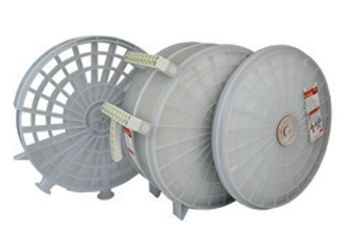
The all-synthetic clarifying product line contains both an anion-exchange nonwoven media and a fine-particle, bioburden reduction membrane.
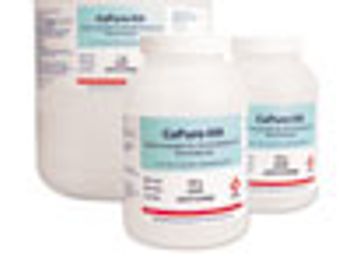
Tosoh Bioscience’s CaPure-HA hydroxyapatite chromatography resin is designed for the purification of monoclonal antibodies, polyclonal antibodies, and antibody fragments, and the separation of antibody isoforms and isozymes.
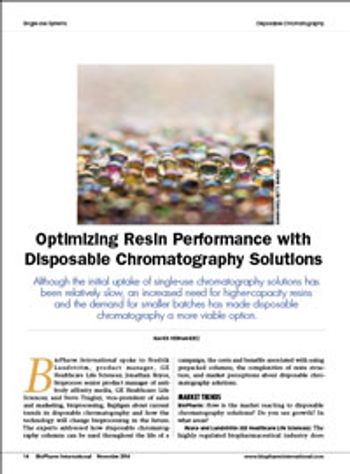
An increased need for higher-capacity resins and the demand for smaller batches has made disposable chromatography a more viable option.
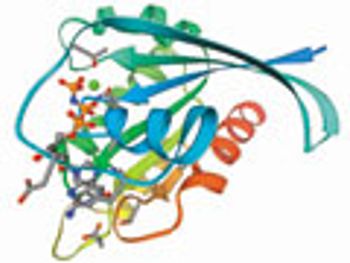
Careful selection of downstream processing conditions is a must.

Suppliers see challenges to the adoption of single-use technologies for downstream processing as opportunities.

Grace's ProVance disposable Protein A chromatography column is designed for downstream purification.

OPUS technology designed to process large single-use bioreactor harvests.
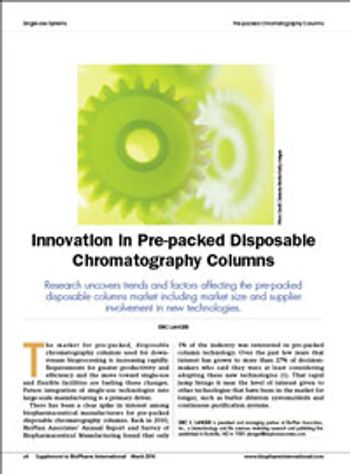
Research uncovers trends and factors affecting the pre-packed disposable chromatography columns market for downstream bioprocessing.
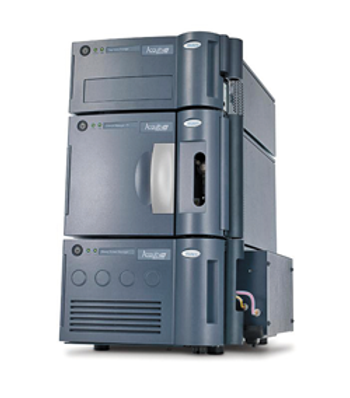
UPLC System for Nano- to Microscale Separations
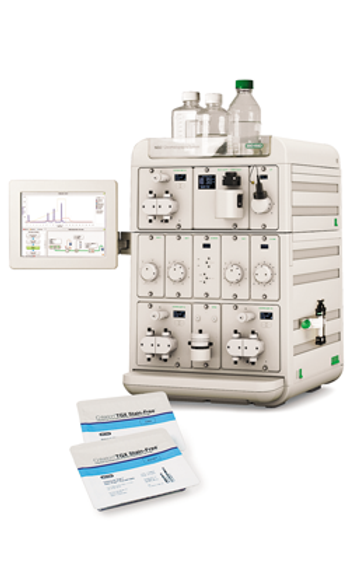
Stain-Free Chromatography Workflow

With SMEs gaining wider recognition as the powerhouse of research and innovation in Europe, regulatory agencies are urging companies to engage with regulators early in the drug-development process.

Antibody fragments pose unique challenges in recovery, purification, and formulation.
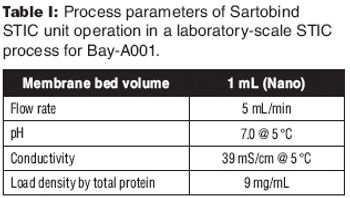
A new downstream purification platform using a salt-tolerant membrane adsorber.

NIBRT's Ian Nelligan on what to expect when starting a downstream process.
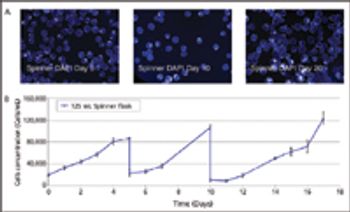
Demonstration of large-scale stem-cell scale-up.
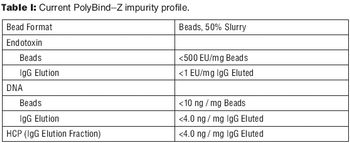
The authors discuss an alternative to traditional Protein A resins.
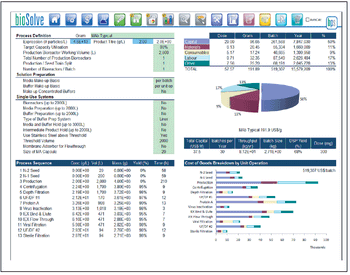
An analysis of flow rate, load density, viral clearance, and cost.
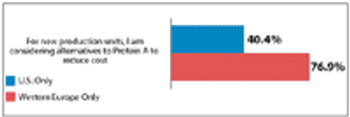
Biomanufacturers and vendors are now exploring more cost-effective purification technologies.
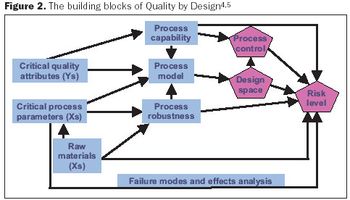
To speed up the downstream process, you must get the right data, in the right amount, at the right time. Here's how.
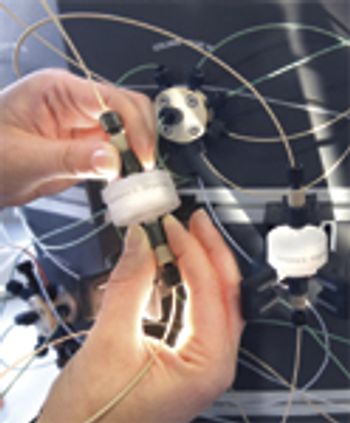
Membrane chromatography ensures purity at high flow rates.
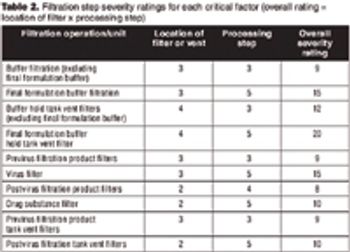
Conducting a FMEA analysis is a good first step in a risk-based approach for determining the need for a filter integrity test.
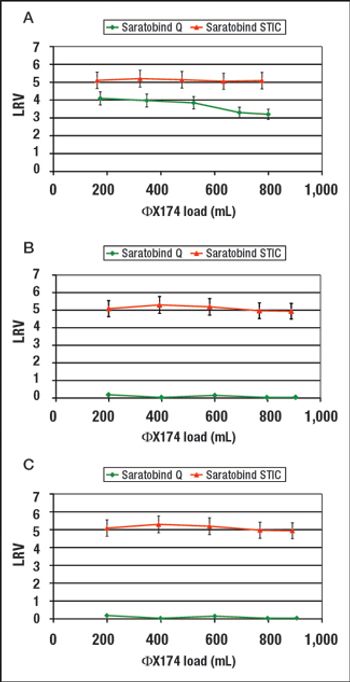
STIC allows polishing to be carried out without an interstitial dilution step, which reduces process time and avoids additional buffer preparation and hold steps.

Why staining is crucial in flow decay studies.